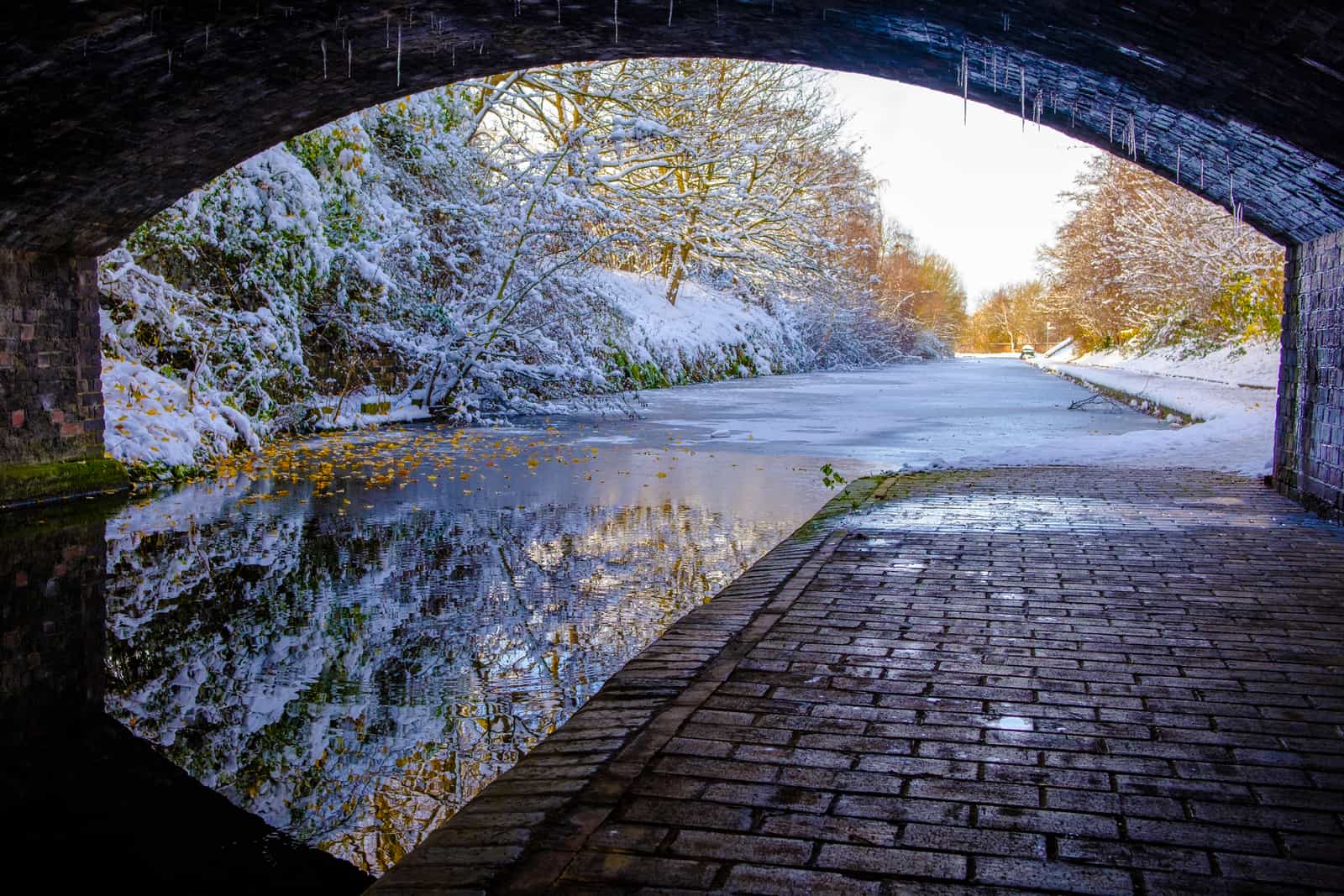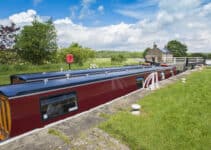Welcome back to Canal Boat UK, today we want to talk about tunnel lights. Are they really necessary on a canal or narrowboat? Which ones should you buy? How should they be positioned? If you have been wondering about any of these questions, please read on!
What are Narrowboat Tunnel Lights?
These are the lights placed at the front (otherwise known as the bow) of a narrowboat to help you get through tunnels. There are some tunnels on the British canal network that can take you up to an hour to get through. Therefore, you need some type of lighting to guide you through these tunnels and stop yourself from bashing your canal boat on oncoming boats and the tunnel walls. No-one wants a scraped up boat, right?
Which Narrowboat Tunnel Light Should I Buy?
As with all lighting on a narrowboat these days, you should buy something which is LED. This type of lighting is the most power efficient and won’t put a big strain on your battery banks. LED lighting can also be a powerful and an easily directable type of lighting too, much more so than a lot of the traditional bulb based tunnel lights.
I have to say, I like this brass detailed LED tunnel light available at the time of writing over on Ebay. It would fit in with any more traditional looking narrowboats very well, as well as using power efficient LED technology. Simply click on the image below to view it in more detail.
If you want something more modern looking, over at Amazon they have these fog lights that can also be repurposed as canal boat tunnel lights. Click the image to view them over at Amazon yourself.

As well as lighting on the front of your narrowboat, you also need lighting on the top and sides of the boat. LED Workmans lights work perfect for this job. Below is an excellent example of one of these (again from Amazon). Click the image to view them over there yourself and get the latest pricing.

Do you Really Need Narrowboat Canal Lights?
Well, within the Canal and River Trust’s network there are 47 tunnels at the time of writing, so you need something to help you get through them successfully. In fact some of the longer tunnels won’t let you in if you don’t have a tunnel light at the front of your boat.
The thing is, there are many ways you can achieve this. You don’t have to have a tunnel light if you don’t want to! The arrangement of your lighting is actually the most important thing.
A lot of people make the mistake of thinking that the light on the front of your canal boat is like a cars headlights. Actually, these lights are more to warn oncoming boats of your arrival 🙂 They don’t necessarily have to be mega strong lights, and if they are make sure to angle them as not to blind oncoming boats.
I am increasingly hearing complaints in the canal boat community of exactly this – being blinded in tunnels by people with super powerful front tunnel lights! Angle your tunnel lights correctly, people! Going for front lights with a wider spread (rather than spotlight style) is also better for oncoming boats. For example, lights labelled as fog lights usually have a wider spread.
For navigating a tunnel well, having lighting directed at the top and sides of the tunnel is more important. This is what helps you navigate the tunnel and passing boats without bashing into them. You can use the work lights shown above for this purpose, but a lot of people swear by simply opening all their curtains and turning on their cabin lights to do the same job (the work lights would be more power efficient though!).
What is the Correct Angle for a Narrowboat Canal Light?
Anything not pointing directly in the eyes of oncoming boaters is ideal 🙂 You could point them down at the water, but (if possible) it is even better to point at the ceiling of the tunnel. Then it will be more helpful for your navigation too!
Anything Else I should Know about Canal Tunnels in the UK?
Most tunnels on the Canal and River Trust network are simple to navigate and will have a sign at the entry points to explain any safety procedures you should follow whilst passing through.
However, it gets a bit more complicated, especially for longer tunnels!
For example, Standedge Tunnel requires that you take a Canal and River Trust chaperone through the tunnel with you. As one of the longest tunnels in the UK canal system, this is to ensure the safety of anyone navigating through.
Both this tunnel and Harecastle Tunnel have opening times and require you to make a booking in order to pass through.
Things like this are only required for a handful of the most extreme canal tunnels, but make sure that you read up on your tunnels and know what is expected at each on your route.
The Canal and River Trust have an excellent boaters handbook that is a must read for anyone navigating the canals. Among many other things, they have guidelines on the best ways to navigate tunnels.
Happy tunnel exploring! If you have any tales you would like to tell us about tunnels on the canals, please do so in the comments section below.




![What Happened to Cruising The Cut [Narrowboat Youtuber]](https://canalboatuk.com/wp-content/uploads/2022/08/cruising-the-cut-youtube-channel-211x150.png)
